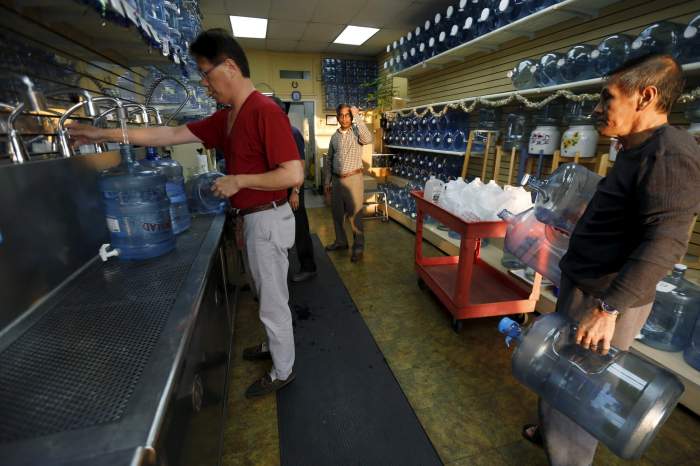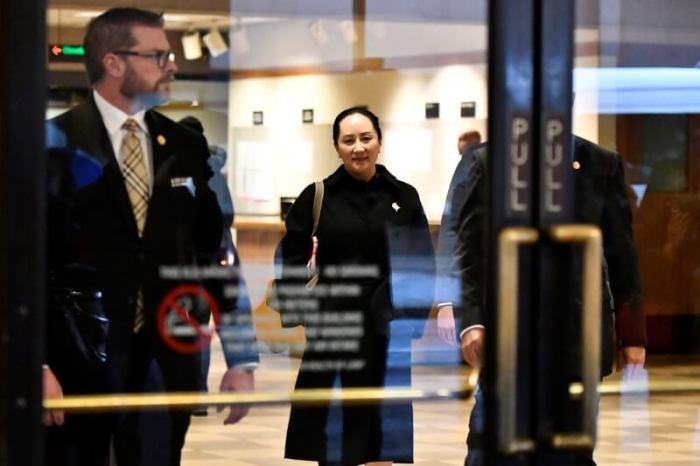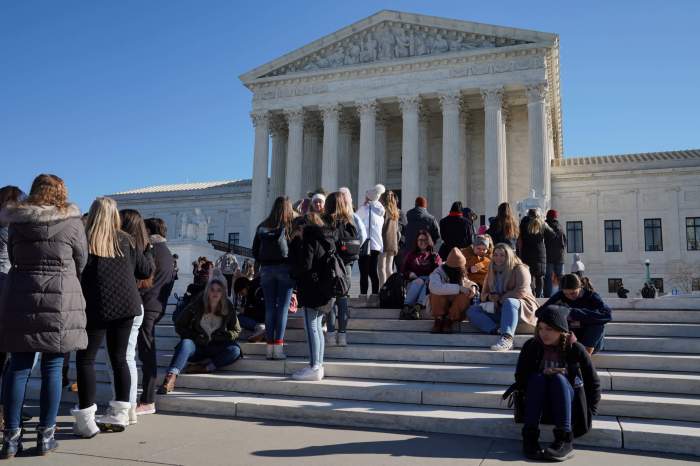(This corrects penultimate paragraph to show that translations are provided to agency by native-speaking advocates, not that agency provides the translations in January 21 story.)
By Brian Adams
BETHEL, Alaska (Reuters) – The U.S. Census Bureau launched on Tuesday its latest once-in-a-decade head count of Americans in one of the most remote corners of the country, a tiny Alaska Native village on the Bering Sea coast.
Inclement weather delayed the ceremonial launch of the 2020 census for about five hours and cut short the festivities.
Still, the official tally of the U.S. population opened as planned in Toksook Bay, a Yup’ik settlement about 500 miles (805 km) west of Anchorage, with a tribal elder chosen by village peers for the honor of becoming the first person counted.
In keeping with census confidentiality rules, the individual was not named by the government.
But the woman, personally counted in a face-to-face meeting at her home with bureau director Steven Dillingham, was identified by media as 89-year-old Lizzy Nenguryar Chimiugak.
Dillingham and his entourage were held up by freezing fog and low clouds that temporarily grounded their planes at a stopover in the southwestern Alaska town of Bethel.
A break in the weather finally allowed the party to make the 40-minute flight to the Bering Sea coast, and Dillingham was whisked by snowmobile from the landing strip to Chimiugak’s house to start the census.
He then made a hurried visit to a public school to see a traditional dance, and delivered some remarks before rushing back to the airfield for a return flight to Bethel, spokeswoman Virginia Hyer told Reuters.
The census chief spent just 30 minutes in Toksook Bay, the quick turnaround forced by a further worsening of weather conditions, Hyer said. The team of census takers left behind then fanned out to the rest of the community.
The census, a decennial exercise mandated in the U.S. constitution, is the basis for redrawing state legislative districts and reapportioning the U.S. House of Representatives.
It also guides government funding for an array of programs and services and produces some of the world’s most widely used statistics.
In the lower 48 states, census mailings typically go out to households in mid-March, with April 1 designated the date of record for residential submissions.
Most people respond online, by mail or by telephone. But in sprawling rural Alaska where travel can be challenging due to a scarcity of roads and extreme weather, the census must start sooner.
The Census Bureau traditionally selects one or more remote Native villages to begin its official enumeration. But the kickoff in Alaska is about more than counting residents. It is also meant to draw attention.
“It’s the first time the word is really getting across the nation that the 2020 census is here,” Dillingham said on Saturday.
Census officials spent several days in the state meeting Alaska Natives and others among groups that tend to be undercounted, such as immigrants and college students.
The agency has made its materials available in several indigenous languages, as translated by native-speaking advocates.
The bureau expects to hire 300,000 to 500,000 census takers for the 2020 count, and has so far taken 1.8 million applications for those temporary jobs, Dillingham said.
(Reporting by Brian Adams in Bethel, Alaska; Additional reporting by Yereth Rosen in Anchorage; Editing by Steve Gorman and Clarence Fernandez)






















